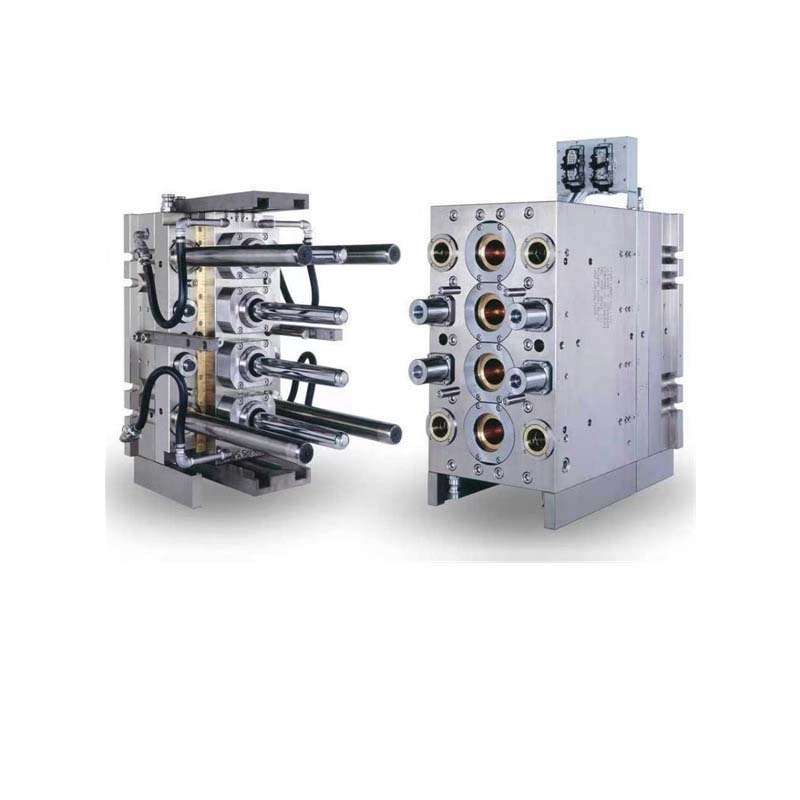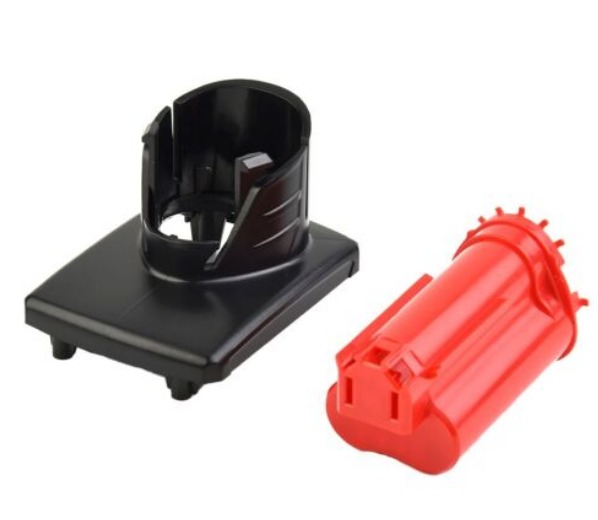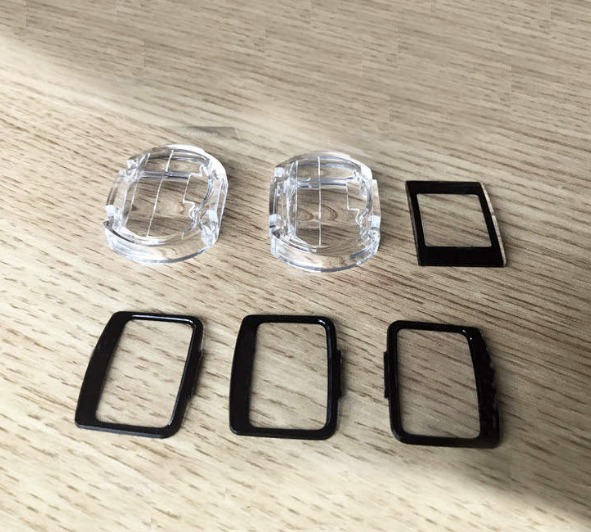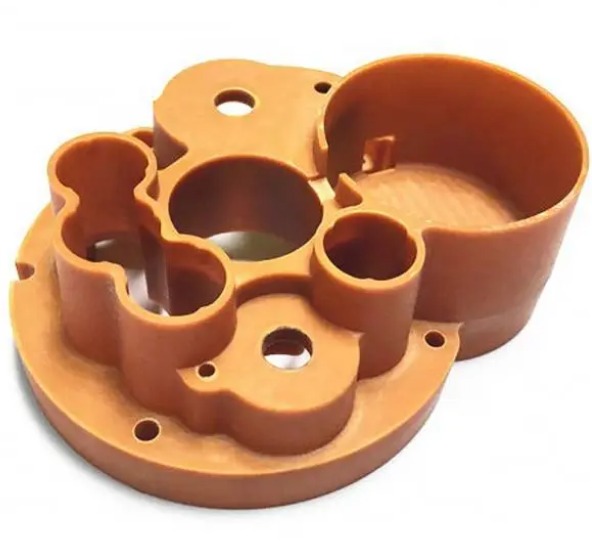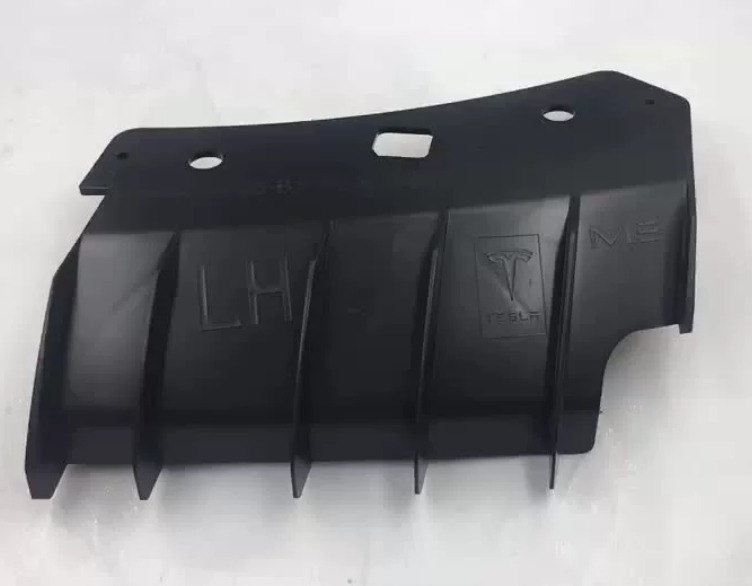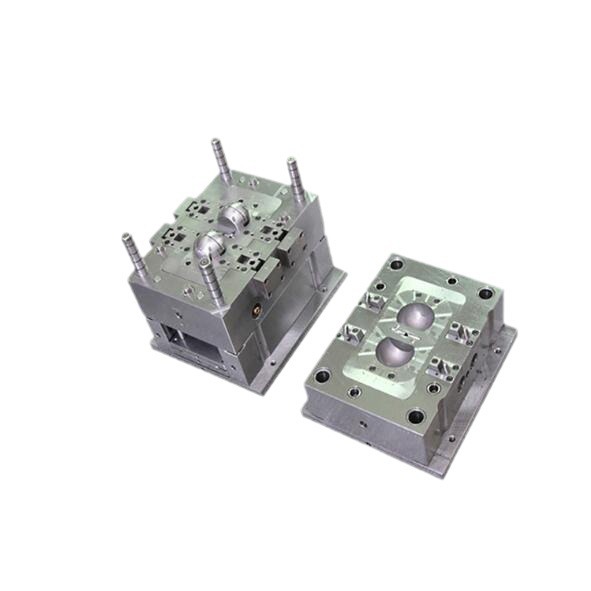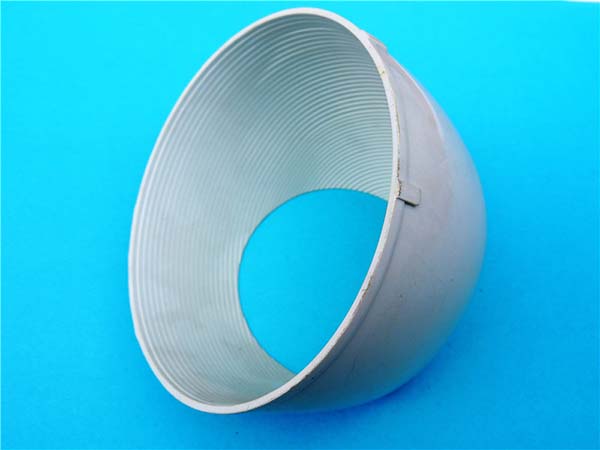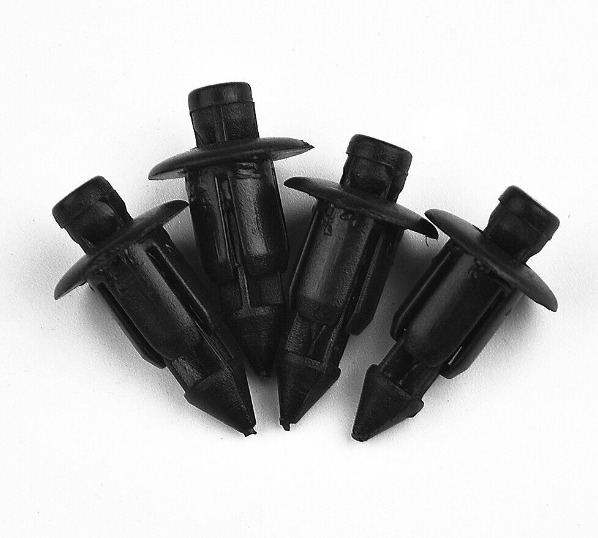What is Plastic Injection Molding?
Plastic injection molding is a widely used manufacturing process for producing plastic parts in high volumes. It involves injecting molten plastic material into a mold cavity, where it cools and solidifies to take the shape of the mold. This process is highly efficient and can create complex and precise parts with consistent quality.
The Process Steps
- Material Preparation: The process begins with plastic raw materials, usually in the form of pellets or granules. These are loaded into the hopper of an injection molding machine. Different types of plastics can be used, such as ABS (Acrylonitrile Butadiene Styrene), PP (Polypropylene), and PE (Polyethylene), each with its own unique properties. For example, ABS is known for its strength and heat resistance, making it suitable for products like electronic device housings.
- Melting and Injection: The plastic pellets are then conveyed into a heated barrel. Inside the barrel, a reciprocating screw rotates, melting the plastic by applying heat and shear force. Once the plastic reaches a molten state, it is pushed forward by the screw and injected under high pressure into a closed mold cavity through a nozzle. The pressure can range from 50 - 200 MPa, depending on the complexity of the part and the type of plastic used.
- Cooling and Solidification: After injection, the molten plastic fills the entire mold cavity, taking on its shape. The mold is typically cooled by circulating water or other cooling media to help the plastic solidify quickly. The cooling time varies based on the thickness and size of the part, but it generally ranges from a few seconds to a minute or more. During this stage, the plastic hardens and gains its final shape and properties.
- Ejection: Once the plastic has solidified sufficiently, the mold opens, and the finished part is ejected. Ejection pins or other mechanisms are used to push the part out of the mold. In some cases, additional post - processing steps may be required, such as trimming excess plastic (flash), polishing, or painting the part to meet the final product requirements.
The Key Elements of Plastic Injection Molding
Equipment
- Injection Molding Machine: This is the central piece of equipment in plastic injection molding. It consists of a hopper for feeding plastic materials, a heating barrel to melt the plastic, a reciprocating screw to convey and inject the molten plastic, and a clamping unit to hold the mold closed during injection. Injection molding machines come in various sizes, with clamping forces ranging from a few tons to over 5,000 tons. For example, a small - scale machine with a clamping force of 50 - 100 tons might be used for producing small plastic parts like buttons or small electronic components, while a large - scale machine with a high clamping force is required for manufacturing large automotive parts or industrial components.
- Mold: The mold is a crucial component that determines the shape and details of the final plastic product. It is typically made of steel or aluminum due to their high strength and heat resistance. A mold can be single - cavity, producing one part per cycle, or multi - cavity, allowing for the production of multiple identical parts simultaneously. Complex molds may also include features such as cores for creating internal holes or cavities, slides for forming side features, and hot runner systems to improve the flow of molten plastic and reduce waste.
Materials
- ABS (Acrylonitrile Butadiene Styrene): As mentioned before, ABS is known for its excellent impact resistance, heat resistance, and dimensional stability. It has a relatively high melting point, usually around 200 - 240°C. ABS is widely used in applications such as automotive interior parts, electronic device housings, and toys. For example, the outer shell of a laptop is often made of ABS because it can protect the internal components from impacts and provides a smooth and durable finish.
- PP (Polypropylene): PP is a lightweight plastic with good chemical resistance, high - temperature resistance (melting point around 160 - 170°C), and flexibility. It is commonly used in the production of food containers, medical devices, and automotive parts. Its low density makes it cost - effective for large - scale production, and its chemical resistance allows it to be used for storing various substances without degradation.
- PE (Polyethylene): There are different types of PE, such as LDPE (Low - Density Polyethylene) and HDPE (High - Density Polyethylene). LDPE is known for its flexibility, transparency, and low melting point (around 105 - 115°C), making it suitable for applications like plastic bags, films, and some flexible packaging. HDPE, on the other hand, has higher density, strength, and chemical resistance, and is often used in the production of bottles, pipes, and industrial containers.
Process Steps
- Material Preparation: Before the injection molding process begins, the plastic raw materials need to be prepared. This may involve drying the materials to remove any moisture, especially for hygroscopic plastics like nylon. Moisture in the plastic can cause defects such as bubbles, surface blisters, or poor mechanical properties in the final product. The materials are then loaded into the hopper of the injection molding machine.
- Melting and Injection: Once in the machine, the plastic pellets are fed into the heated barrel. The barrel is equipped with heating zones to gradually raise the temperature of the plastic to its melting point. The rotating screw in the barrel not only conveys the plastic forward but also mixes and homogenizes it. When the plastic is fully molten, the screw acts as a piston to inject the plastic into the mold cavity at high pressure. The injection pressure is carefully controlled to ensure complete filling of the mold and proper packing of the plastic in the cavity.
- Cooling and Solidification: After injection, the molten plastic in the mold cavity needs to cool down and solidify to take on the shape of the mold. Cooling channels are integrated into the mold to circulate a cooling medium, usually water. The cooling rate affects the quality of the final product. A too - fast cooling rate can cause internal stresses and warping, while a too - slow cooling rate can increase the cycle time and reduce production efficiency.
- Ejection: After the plastic has solidified, the mold opens, and the finished part is ejected. Ejection pins, which are small rods located in the mold, push the part out of the cavity. In some cases, additional post - processing steps are necessary. For example, if there is any excess plastic (flash) around the part, it needs to be trimmed off. The part may also undergo processes like polishing to improve its surface finish, or painting for aesthetic or protective purposes.
Applications of Plastic Injection Molding
Plastic injection molding has a vast range of applications across multiple industries due to its versatility and efficiency.
- Consumer Electronics: In the consumer electronics industry, plastic injection molding is everywhere. For example, the outer casings of smartphones are typically made through this process. They need to be lightweight, yet strong enough to protect the delicate internal components. The high - precision nature of injection molding allows for the creation of complex shapes, such as the curved edges and precise cutouts for buttons, ports, and cameras on a phone case. Laptops also rely on injection - molded plastic parts. The keyboard frames, screen bezels, and the main body housing are often made from plastics like ABS or PC (Polycarbonate). PC, in particular, is favored for its high impact resistance, which is crucial for protecting the internal hardware during accidental drops or knocks.
- Automotive Industry: The automotive industry makes extensive use of plastic injection molding. Interior parts such as dashboard components, door panels, and seat backs are commonly injection - molded. These parts not only need to be aesthetically pleasing but also durable and heat - resistant. For instance, the dashboard of a car often contains many small, intricate plastic parts that are injection - molded. These parts can include the housing for the speedometer, the air - conditioning vents, and the control panels. Exterior parts like bumpers, spoilers, and headlight housings are also produced using this method. Bumpers made from injection - molded plastics are lightweight, which helps improve fuel efficiency, while still providing the necessary impact protection.
- Medical Field: In the medical industry, plastic injection molding plays a vital role. Syringes are a prime example. They are made from high - quality, biocompatible plastics like PP. The precise nature of injection molding ensures that the syringes have consistent wall thicknesses, smooth inner surfaces for easy plunger movement, and accurate graduations for measuring the volume of liquid medications. Medical device housings, such as those for blood glucose monitors, are also injection - molded. These housings need to be sterile, non - reactive with the human body, and have a high level of precision to ensure proper fit and function of the internal components.
- Household Goods: A large number of household items are produced through plastic injection molding. Plastic storage containers are a common example. They are made from materials like PP or HDPE, which are food - safe and durable. The injection molding process allows for the creation of various sizes and shapes of containers, with features such as snap - on lids for airtight sealing. Kitchen utensils like spoons, spatulas, and ladles are also injection - molded. These utensils can be made in different colors and with ergonomic designs for comfortable use. Toys are another major application in the household goods category. Injection molding enables the production of complex - shaped toys with moving parts, such as action figures with poseable limbs or toy cars with detailed bodywork.
Yigu Technology's View
As a non - standard plastic metal products custom supplier, Yigu Technology has a deep - seated understanding of plastic injection molding. Our professional team has in - depth knowledge of a wide range of plastic materials, allowing us to accurately select the most suitable materials according to different product requirements. We have strict control over the entire injection molding process, from the precision design and manufacturing of molds to the adjustment of injection parameters.
In terms of meeting customer needs, we offer customized solutions. Whether it's complex part shapes or special performance requirements, we can tailor the injection molding process to ensure that each product meets high - quality standards. By collaborating with us, customers can solve problems such as product design optimization, material selection difficulties, and production quality control, and achieve high - quality product production efficiently.

